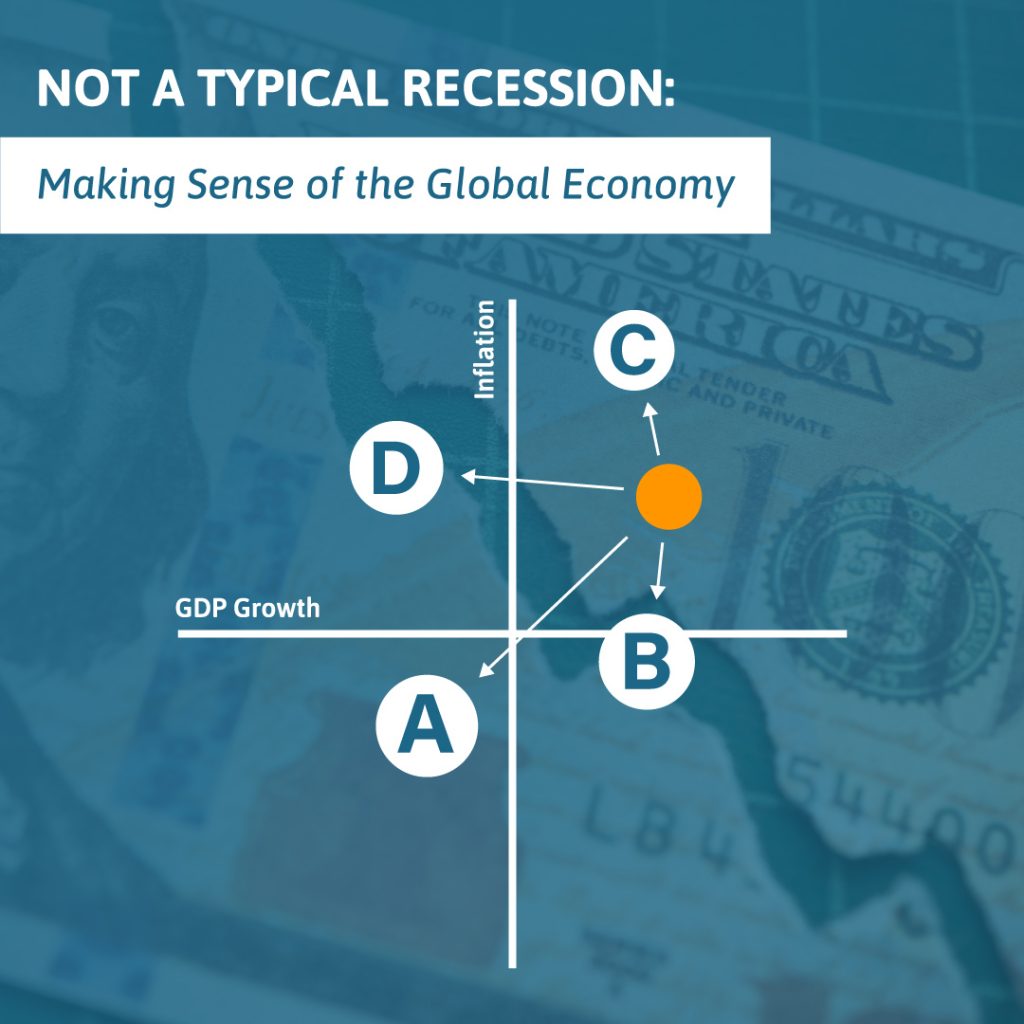
Fear, uncertainty, and doubt abound as the world emerges from the pandemic era to face a challenging combination of soaring inflation and unpredictable GDP growth. Global health conditions are improving and supply chain disruptions are subsiding. Yet the economy and capital markets are preoccupied with high interest rates, elevated energy prices, structurally constrained labor supply, and red-hot geopolitical tensions.
After inflation began to rise in 2022, the initial reaction of the central banks was to treat it as transitory – but inflation persisted and central banks, most notably the US Fed, began to rapidly raise interest rates. Although the intent was to rein in inflation, the speed at which interest rates spiked caused capital markets to panic, tech companies to initiate mass layoffs, and the widespread perception of a looming recession to take hold. Buying, selling, or investing in technology just became an infinitely more complex task.
If the current downturn does ultimately become a true recession, it is likely to be the most unusual one in recent history as it is characterized by ambiguous economic signals and market conditions. These factors include a generational transition in the labor pool caused by the mass retirement of baby boomers, a spike in travel spending following pandemic lockdowns, a zigzagging personal savings rate, and the war in Ukraine. Further, our field research and conversations with both technology buyers and sellers continue to indicate that there is a tangible slowdown in the amount of time it takes to transact.
After the long period of unchecked expansion that followed the crisis of ‘08/’09, many first-time business leaders are questioning how to navigate an uncertain and volatile economic climate. The answer lies in scenario planning, identifying key indicators, and being prepared.
This research note details six possible economic scenarios that could have a material impact on technology spending and adoption. A companion note, Survival of the Fittest: Managing Extreme Economic Uncertainty, summarizes the opportunities and threats that technology buyers and suppliers are likely to face during the economic downturn.
